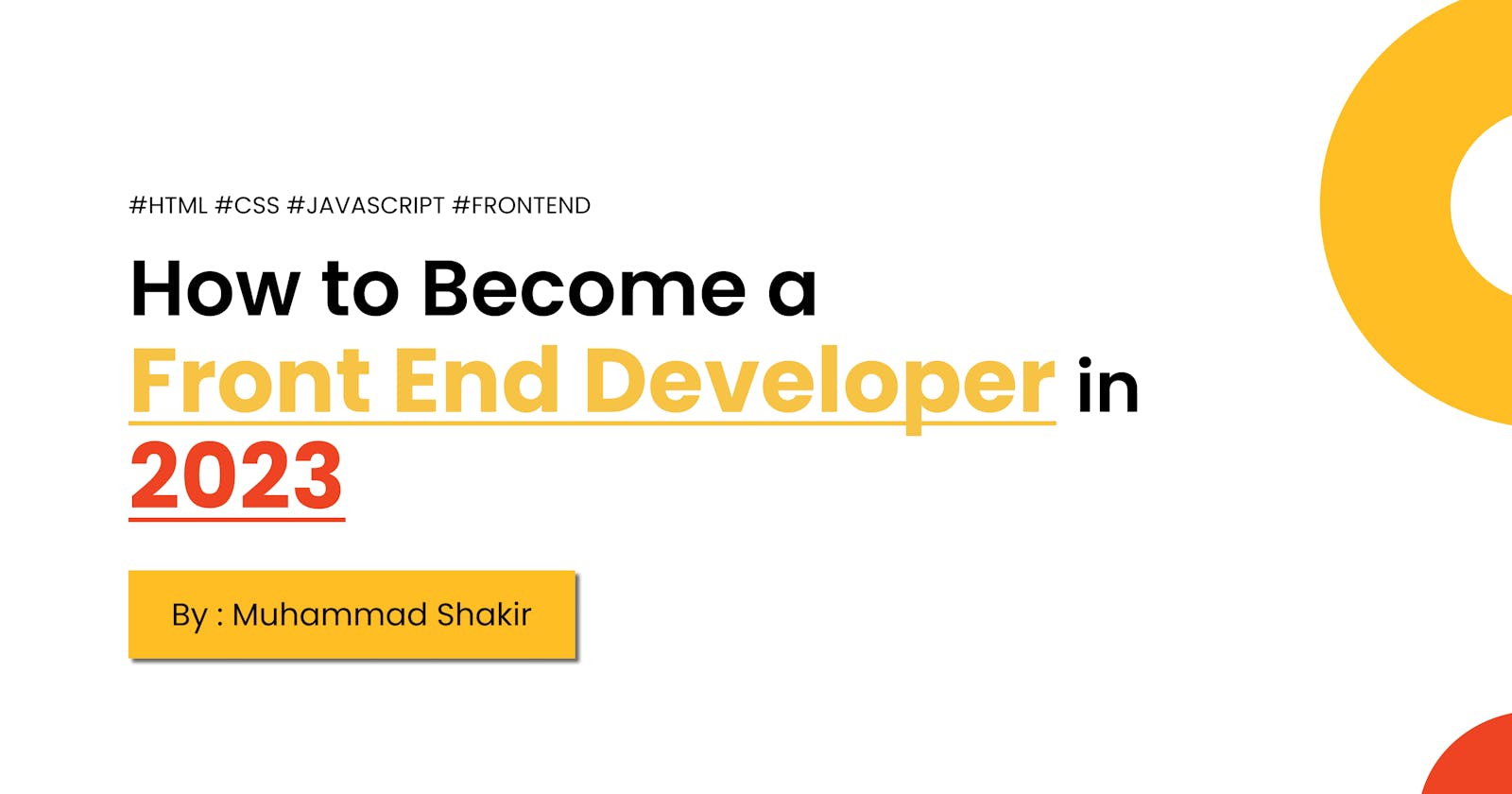Mastering Front-End Web Development in 2023
Essential Languages and Frameworks for a Lucrative Career
Introduction
Front-end web development has emerged as one of the most important and lucrative careers in the tech industry. With the continued growth of the internet, there is a high demand for web developers who can design, create, and maintain the visual components of websites and web applications. In this article, I will discuss how to become a front-end web developer in 2023, including the languages and frameworks that are required to succeed in this field.
Step 1: Learn the basics of HTML, CSS, and JavaScript
HTML (Hypertext Markup Language), CSS (Cascading Style Sheets), and JavaScript are the three core technologies of front-end web development. HTML is used to structure the content of a website, while CSS is used to style the website and make it visually appealing. JavaScript is used to make the website interactive and dynamic.
To become a front-end web developer, you must first learn the basics of these three languages. You can start by taking online courses, reading tutorials, or watching videos on platforms like YouTube, Udemy, or Coursera. Some popular courses include Codecademy's HTML, CSS, and JavaScript courses, and Udemy's Complete Web Developer Course.
Step 2: Learn a Front-End Framework
Front-end frameworks are pre-written code libraries that help developers build websites and web applications more efficiently. They provide a set of tools and best practices that can be used to create responsive and dynamic websites quickly. Learning a front-end framework is an essential skill for any aspiring front-end web developer in 2023.
One of the most popular front-end frameworks is React, which was developed by Facebook. React is a component-based library that allows developers to build reusable UI components. Other popular front-end frameworks include Angular, Vue.js, and Bootstrap.
Step 3: Learn CSS Preprocessors and Build Tools
CSS preprocessors are tools that extend the functionality of CSS by adding features like variables, nesting, and mixins. They help front-end developers write cleaner and more efficient code. Some popular CSS preprocessors include Sass, Less, and Stylus.
Build tools are tools that automate the process of building, testing and deploying websites and web applications. They help developers streamline their workflow and improve their productivity. Some popular build tools include Gulp, Grunt, and Webpack.
Step 4: Learn Responsive Web Design
Responsive web design is a technique that allows websites to adapt to different screen sizes and devices. With the increasing use of mobile devices to access the internet, responsive web design has become an essential skill for front-end web developers. To learn responsive web design, you must understand the principles of flexible layouts, media queries, and responsive images.
Step 5: Learn Version Control
Version control is a system that allows developers to track and manage changes to their code. It is essential for collaboration and helps developers work more efficiently. The most popular version control system is Git, which is widely used by developers around the world.
Step 6: Build a Portfolio
Building a portfolio is an essential step in becoming a front-end web developer. Your portfolio showcases your skills and provides evidence of your work. It also serves as a way to demonstrate your creativity and problem-solving abilities. You can build a portfolio by working on personal projects, contributing to open-source projects, or doing freelance work.
Conclusion.
Becoming a front-end web developer in 2023 requires a combination of technical skills, creativity, and problem-solving abilities. Learning the basics of HTML, CSS, and JavaScript is the first step in this journey. From there, you can learn a front-end framework, CSS preprocessors, build tools, responsive web design, and version control. Building a portfolio is also an essential step in demonstrating your skills and getting hired as a front-end web developer. With hard work and dedication.
Follow me.
Thanks for reading this article.
Follow me on.
